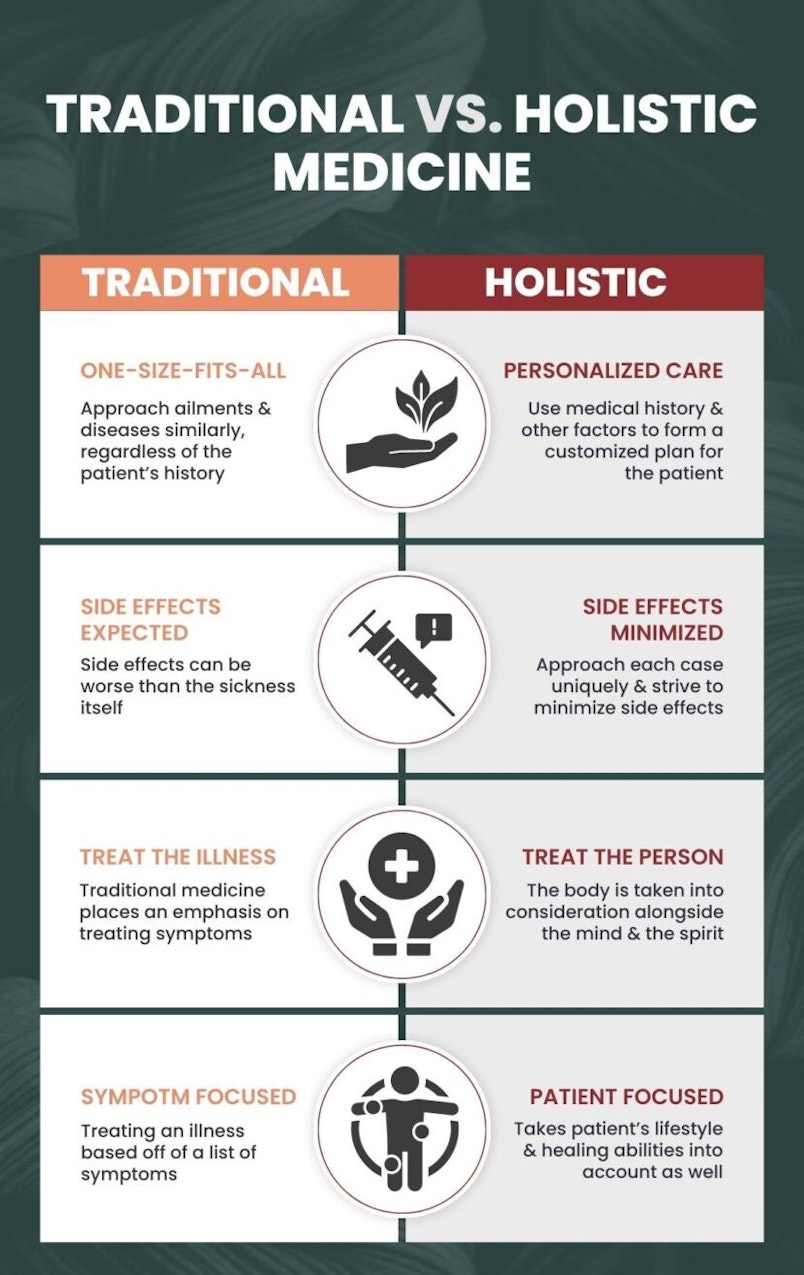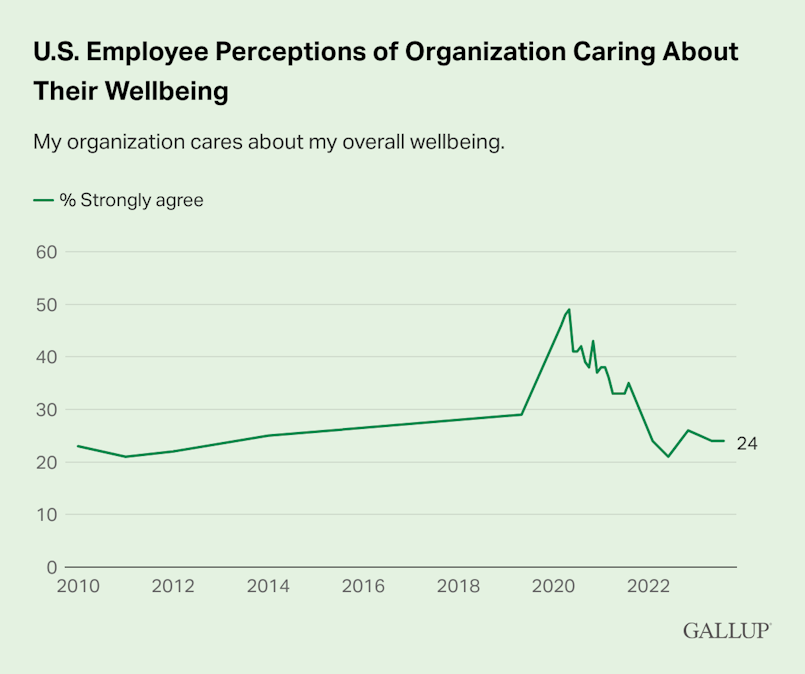Why is it that employers invest substantial resources in acquiring top talents, yet frequently overlook the well-being of these very individuals in their workplace?
In this comprehensive blog, we embark on a journey to delve into the significance of employee well-being. We will uncover how it significantly influences not only employee productivity but also overall job satisfaction.
Moreover, we'll unveil effective strategies for nurturing a thriving work culture, with a particular emphasis on adapting to the challenges of remote work.
What is Employee Well-Being?
Employee well-being is more than a trendy catchphrase; it's the cornerstone of a thriving workplace. It encompasses physical, mental, emotional, and economic aspects. In essence, it's the delicate interplay of these critical elements that fosters a vibrant work environment.
This holistic concept forms the very foundation of a prosperous and harmonious workplace. It represents a paradigm shift from traditional views, recognizing the importance of balancing physical, mental, emotional, and economic well-being. When these elements are in equilibrium, they collectively create a fulfilling work environment.

The Importance of Employee Well-Being
In the ever-evolving landscape of the modern workplace, employee well-being has transcended cliche status to become an integral and expected component of the work experience.
As per recent studies, employees now anticipate and often demand wellness initiatives as part of their employment package. Incorporating meal kits into these wellness initiatives can be a highly effective strategy. These kits, packed with nutritious, easy-to-prepare foods, not only promote healthier eating habits but also make meal preparations less stressful, contributing directly to the employee's overall well-being and job satisfaction.
Easy food delivery, brought right to the workplace, streamlines the process even further. It eliminates time-consuming grocery runs, enhancing convenience and allowing employees more relaxation time after work.
This shift in expectations is indicative of a broader recognition of the profound impact that well-being can have on both the individual and the organization as a whole.
One compelling statistic by “Great Place To Work” reveals that for every dollar invested in wellness programs, there can be a remarkable return on investment (ROI) of 6:1, coupled with a notable reduction in absenteeism.
This financial advantage, paired with the intrinsic benefit of healthier and more content employees, underscores the significance of employee well-being within the contemporary workspace.
How Employee Well-Being Influences Productivity and Job Satisfaction
Drawing a parallel between user-centered design principles and employee well-being sheds light on the significance of prioritizing the mental, physical, and emotional health of the workforce. Just as user-centered design aims to make products user-friendly, engaging, and enjoyable, businesses that prioritize employee well-being strive to create a happier and more productive workforce.

This focus on well-being is not confined to physical workplaces; it is equally essential in remote settings, where the challenges of isolation and disconnection must be addressed.
The intricate relationship between employee satisfaction and productivity and their well-being is akin to the link between a well-designed user interface and an enhanced user experience. When employees are content, motivated, and engaged, they are more likely to deliver their best work, contributing to enhanced job satisfaction and increased productivity. To inspire the team and foster success, there are gift ideas for staff appreciation, for example, awards, individual gifts, etc.
In the remote work paradigm, maintaining this link becomes even more critical. Employers need to ensure that their remote workforce remains motivated and engaged, even in the absence of physical proximity.
Assessing Employee Well-Being
Similar to the way thorough market research is crucial for businesses in a competitive landscape, evaluating the well-being of employees is a pivotal initial step for organizations that want to hire and retain talents. Understanding the unique needs, challenges, and satisfaction levels of employees is foundational for creating effective well-being programs.
It's akin to gathering user feedback and insights before embarking on a design project. Assessing employee well-being helps identify pain points and areas where improvement is required, ensuring that well-being initiatives are tailored to the specific needs of the workforce. By conducting these assessments, organizations can craft more meaningful and impactful well-being programs that resonate with their employees, leading to a happier, more productive, and content workforce.
Practical Tools for Evaluating Employee Well-Being:
Surveys: Implement regular well-being surveys that ask employees about their work-life balance, stress levels, job satisfaction, and overall happiness. Use anonymous surveys to encourage honest feedback.
One-on-One Interviews: Conduct individual interviews with employees to gain deeper insights into their well-being, challenges, and needs. This personalized approach allows for a more in-depth understanding.
Focus Groups: Organize focus group sessions where employees can openly discuss well-being topics. These group discussions can uncover shared concerns and potential solutions.
Well-Being Metrics: Establish key performance indicators (KPIs) related to well-being, such as absenteeism rates, turnover, and engagement scores, to quantitatively measure the impact of well-being programs.
Peer Reviews: Encourage peer-to-peer evaluations where colleagues provide feedback on each other's well-being and work dynamics. This can promote a supportive and accountable workplace culture.
Technology Solutions: Utilize employee well-being apps and platforms that allow individuals to track their mental and physical health, providing valuable data for well-being assessments.
Getting Started with Employee Well-Being Programs
Launching an effective employee well-being program is not only beneficial for employees but also crucial for the overall success of an organization. A well-designed program can lead to enhanced productivity, reduced absenteeism, and a happier, more satisfied workforce. To embark on this journey, it's vital to understand the key components of a successful well-being program.
5 Key Components of a Successful Employee Well-Being Program
Promote Physical Fitness and Nutrition: A well-being program should encourage physical fitness and proper nutrition. This can be achieved through activities such as fitness challenges, yoga classes, or promoting a balanced diet. Signing your employees up for a meal kit service like Factor can greatly improve their nutrition and work-life balance, giving them more time to work out. A physically fit workforce is not only healthier but also more energetic, which directly impacts their ability to perform at their best.
Offer Mental Health Support and Resources: Providing access to mental health support and resources, such as counseling services or stress management workshops, can help employees cope with the challenges of their roles. For instance, connecting employees with professional therapists in specific areas, such as therapists Salt Lake City, can provide localized help. This can aid in creating a support network that understands the local stressors and work culture. Further, regular interactions with therapists can contribute to the maintenance of mental health, thereby improving employee resilience and overall well-being. A mentally resilient workforce is better equipped to handle stress, adapt to changes, and maintain a positive outlook.
Foster a Sense of Belonging and Community: A well-being program should include initiatives that build a strong sense of community. Team-building activities, mentorship programs, and regular social events can help employees connect on a personal level, leading to improved job satisfaction and a positive work culture.
Provide Financial Wellness Programs: Financial stress can significantly impact an employee's overall happiness. Well-being programs should encompass financial wellness initiatives, such as workshops on budgeting, retirement planning, and investment advice. These programs can help alleviate financial worries, improve employees' financial stability, and boost their overall quality of life.
Encourage Work-Life Balance: Encourage employees to take breaks, use their vacation time, and set boundaries between work and personal life. Promote flexibility in work arrangements, when feasible, to ensure that employees can effectively balance their professional and personal commitments.
Incorporating these 5 key components into your well-being program is a proactive step toward fostering a healthier and happier workforce. Remember that a well-being program is not a one-size-fits-all solution. It should be tailored to the unique needs and preferences of your employees, considering their feedback and evolving well-being trends.
Strategies for Managing Employee Well-Being in Remote Work Settings
The advent of remote work has brought about a significant shift in the way we conduct business. While it offers flexibility and convenience, it also comes with its unique set of challenges, much like designing a user-friendly interface for a complex application. Addressing these challenges is pivotal to ensuring that remote employees not only thrive but also maintain their well-being.
Addressing the Unique Challenges of Remote Work
Remote work introduces novel hurdles that employers must navigate to maintain their employees' well-being. One such challenge is the potential for isolation and disconnection. Working remotely, employees may find themselves physically distant from their colleagues, which can lead to feelings of loneliness and disengagement. Additionally, remote work blurs the lines between personal and professional life, making it challenging for employees to establish boundaries.
Much like a user-centered approach is crucial in UX design, organizations need to adopt an "employee-centered" remote work strategy. This means tailoring the remote work experience to suit the unique needs of each employee. It involves providing the right tools and resources for effective communication, collaboration, and task management. By doing so, employers can help remote employees overcome feelings of isolation and ensure that they are equipped to maintain a healthy work-life balance.
Effective Approaches for Well-Being in Virtual Work Environments
To enhance well-being in virtual work environments, organizations can implement a range of effective approaches. Just as well-designed mobile apps and virtual tools enhance the user experience, these strategies aim to improve the well-being of remote employees:
Virtual Events: Hosting virtual events, such as team-building activities, virtual coffee breaks, or even online wellness sessions, can foster a sense of community among remote employees. These events not only encourage social interaction but also offer a break from the routine, reducing the feeling of isolation. This blog by Hubspot did an awesome job of compiling 11 of the most innovative platforms to host your next e-event.
Mobile Apps: Well-being mobile apps can be invaluable in remote work settings. These apps can provide resources for stress management, mental health support, and fitness activities that employees can access from the comfort of their homes. They help promote physical and mental well-being, much like a fitness tracker helps users stay active and healthy.
Effective Communication: Clear and open communication is essential in virtual work environments. Employers should establish regular check-ins, video conferences, and channels for employees to voice their concerns and ideas. This is akin to creating a user-friendly interface that allows users to interact with a product seamlessly.
Supportive Leadership: Leadership plays a critical role in fostering well-being. Leaders should demonstrate their commitment to employee well-being and set an example by maintaining their own work-life balance. Just as a user interface is only as good as the design behind it, remote work success depends on leadership's dedication to supporting their teams.
To put it simply, addressing the challenges of remote work requires a user-centered approach, much like refining a complex application for user-friendliness. The focus should be on promoting well-being, clear communication, and work-life balance. By implementing these strategies, organizations can ensure their remote employees not only survive but thrive in virtual work settings.
Workplace Happiness Tips
Fostering a positive work culture is paramount for ensuring employee happiness and well-being. Here are actionable tips to cultivate a positive work environment:
Lead by Example: Leadership sets the tone for the entire organization. Demonstrating genuine care for employee well-being sends a powerful message throughout the workplace. When leaders prioritize well-being, it encourages employees to do the same.
Encourage Open Communication: Establish a culture where employees feel comfortable voicing their concerns, ideas, and feedback. Open communication promotes trust and empowers employees to participate in shaping their work environment.
Recognize and Reward: Acknowledge and appreciate your team's hard work and accomplishments. Recognizing their efforts reinforces a sense of value and appreciation, motivating employees to continue giving their best.
Provide Growth Opportunities: Supporting employees in their professional development is a win-win. When employees feel that they have opportunities to grow and advance in their careers within the organization, they are more likely to remain motivated and committed.
Promote Flexibility: A flexible work environment allows employees to effectively balance their work and personal lives. Offering flexibility, such as remote work options or flexible hours, enables employees to manage their responsibilities and well-being more efficiently.
Balancing Work-Life and Personal Life Effectively
Striking a healthy work-life balance is not just beneficial for employees; it also positively impacts your organization. Providing guidance on promoting work-life balance and sharing best practices helps employees maintain a healthy equilibrium between their professional and personal lives.
In Conclusion
Lead by Example: Leadership sets the tone for the entire organization. Demonstrating genuine care for employee well-being sends a powerful message throughout the workplace. When leaders prioritize well-being, it encourages employees to do the same.





